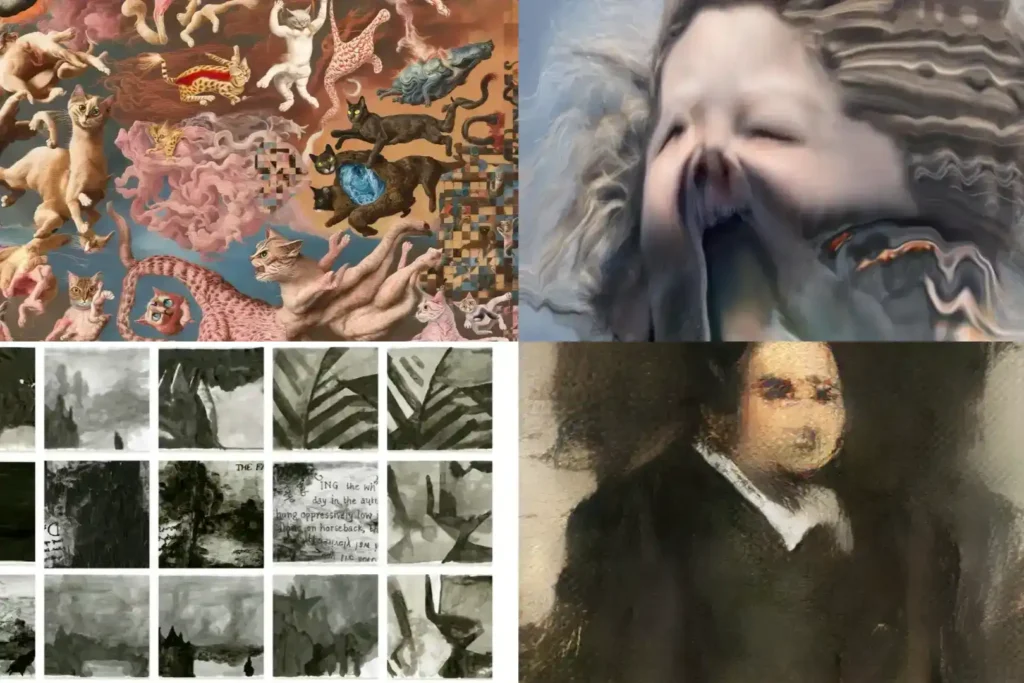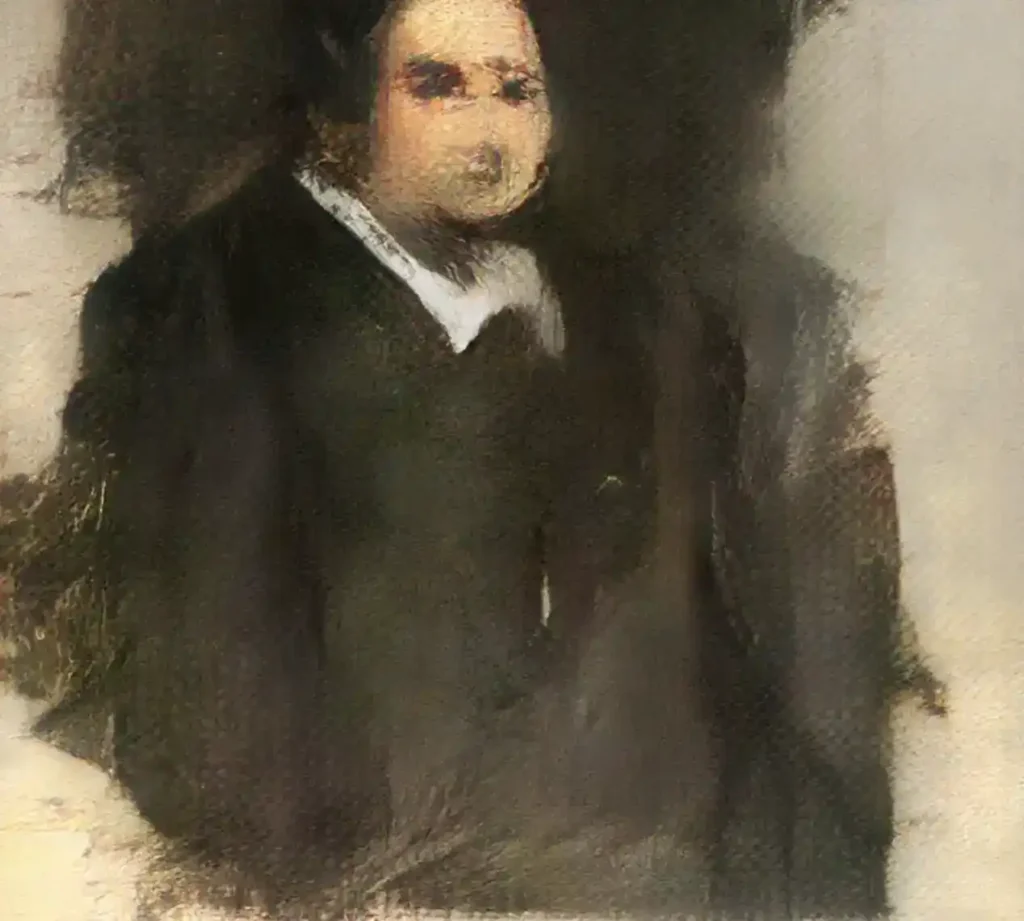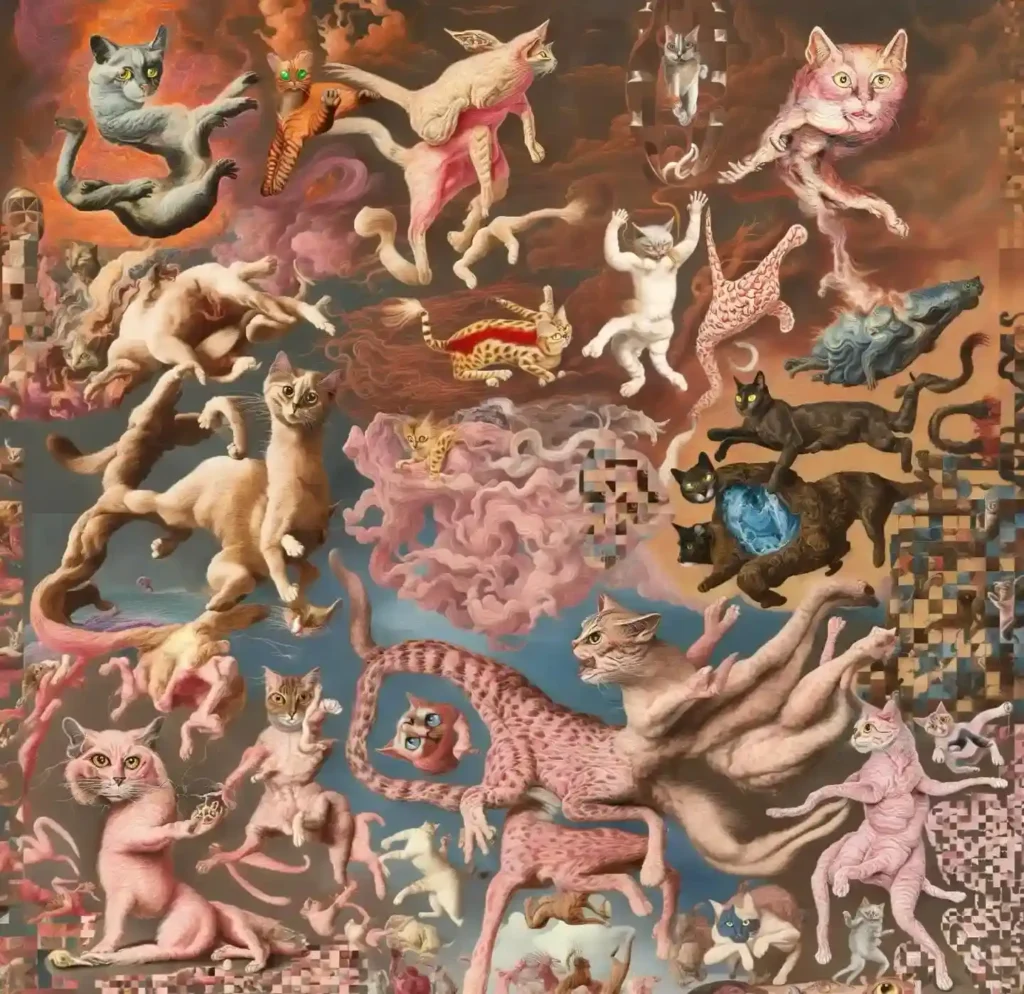Artificial intelligence (AI) has been the tool that has redefined the art making process and the artist’s role in the new era of art. AI artists, or people working with generative AI algorithms to create art, have been taking over the art scene, becoming famous, and even defying conventions about creativity. In this post, we explore the world of AI art, some of the most well-known AI artists, some of the popular works, and how we are witnessing the rise of odd, dreamy AI art.
AI art is a crowded scene of artists who challenge technology and imagination. Some AI artists are geeks and have computer science backgrounds, while others are illustrators and traditional artists who have reacted to the possibilities of artificial intelligence. Most widely known in the AI art world is the German artist Mario Klingemann, who was one of the first artists to harness neural networks and machine learning to make art. His images often question the interaction between human and machine, and incorporate abstract forms that dispel the spectator’s idea of reality. Klingemann’s work has been exhibited in galleries across the globe from the Saatchi Gallery in London to the New York Digital Art Week, and he’s established himself as one of the dominant AI artists.
Another ai celebrity is the Turkish American Refik Anadol, who makes mesmerising digital art. Anadol uses AI to produce interactive, data-rich visualisations that transform big data sets, like city landscapes or archives, into artworks. His animations, often both gestural and aural, evoke the border between the virtual and the actual. Anadol’s work has been exhibited in such prestigious institutions as the Museum of Modern Art (MoMA) in New York and the Los Angeles County Museum of Art (LACMA).
Aside from them, Shimon Shamirov is another trending AI-and-illustration artist. Shamirov’s original artworks demonstrate how AI can be used by illustrators to try new techniques without compromising the art of hand-drawn illustrations. His work often contains dark, dreamlike images and sometimes also includes generative AI or hand-drawn intricate sketches.
AI art is no longer restricted to virtual bunkers; it has burst into the world of art, big-time. Some of the AI art have even been auctioned, in what could be regarded as a paradigm shift in the perception of digital art. Perhaps the most recognizable piece of AI art to go global is “Edmond de Belamy”, created by the Parisian art collective Obvious using a machine learning algorithm called GAN (Generative Adversarial Network). The portrait, of an elite family in classical pose, was sold at Christie’s in 2018 for record $432,500. The sale posed questions about authorship and AI in art production because its creators were a gang of fringe artists who produced the work using a machine.
Another AI painting is “The Fall of the House of Usher” by Anna Ridler, a British artist who combines generative AI with drawing. It reinvents Edgar Allan Poe’s short story with machine learning, and produces evolving spectral images. Ridler’s new form of storytelling in AI art is representative of the general trend of AI being presented as a narrative device, which blurs again the divide between technology and art.
A second trending AI art is the “AI Portraits” project, introduced in 2020. The work turns images into Renaissance portraits through neural networks. The users upload photos of themselves, and the AI translates them into digital representations of classical paintings. It went viral and millions of people looked at their digital selfies in it, enabling the growing market for artificial intelligence art.
AI art might sound like a mix of photo realistic portraiture and geometric patterns, but the creative potential here is virtually endless. AI is employed to create everything from colour explosions to fantastical flora and fauna — in digital illustrations, motion graphics and even installations. Quite a powerful illustration is “DeepDream”, an AI tool from Google, that can reveal the secret patterns in neural networks. The software animates some features of pictures to a sometimes-psychedelic, dreamlike effect. The outcome is a strange hybridity of natural elements: animals, faces and abstract forms inhabit a virtual reality. Artists have deployed the technology for their own work – such as Chris Rodley, who makes ethereal images by importing his own ideas into AI systems. Then there is Sofia Crespo, an Argentinean digital artist who uses AI to engage with nature and technology. Crespo produces bold, lifelike beasts and habitats, with a mixture of biological and scientific design. Her images are said to portend a future where AI and nature can be integrated and create a whole new kind of digital art.
AI-generated art has been famous for its tendency to produce weird, creepy art that captures and confuses. Others of AI art break the boundaries of “normal” in visual aesthetics, venturing into the exotic and the hypnotic. Some bizarre AI art include “AI Horror Portraits”, a work by Hito Steyerl, a German artist who uses AI to create deformed, grisly representations of faces. The haunting images play with our sense of the human form and frighten us, and are intriguing as well as threatening. “AI-Generated Fashion” by Robbie Barrat – It is an absolute masterpiece in the genre of weird AI. The AI artist and scientist Barrat drew the models from a generative system to produce experimental, hyper-stylised clothes. The result is surreal garments, combining conventional design with AI-inspired design, to produce clothing designs only visible online. And there’s “AI-Generated Dreamscapes” by Ben Snell. Snell employs AI algorithms to construct dreary, post-apocalyptic landscapes that induce loneliness and desolation. Such fantasies, usually laden with perverse shapes and oddly coloured backgrounds, blur the distinction between the familiar and the haunted, as they leave the viewer to decide what is real and what has been created.
As AI develops further, the artistic place of AI artists is increasingly being filled by them. Generative AI is enabling artists to explore novel artistic territory, at once digital and analog. And from AI experimenting illustrators to AI stars claiming artistic notoriety in the arts, AI will always remain a creative force. AI-based art will gain ground, and with it the possibility of artists teaming up with machines to create what was once impossible. With AI becoming more of a part of the process, we will likely see even more “weird” creations, still shaking up the definition of art in the new age.





